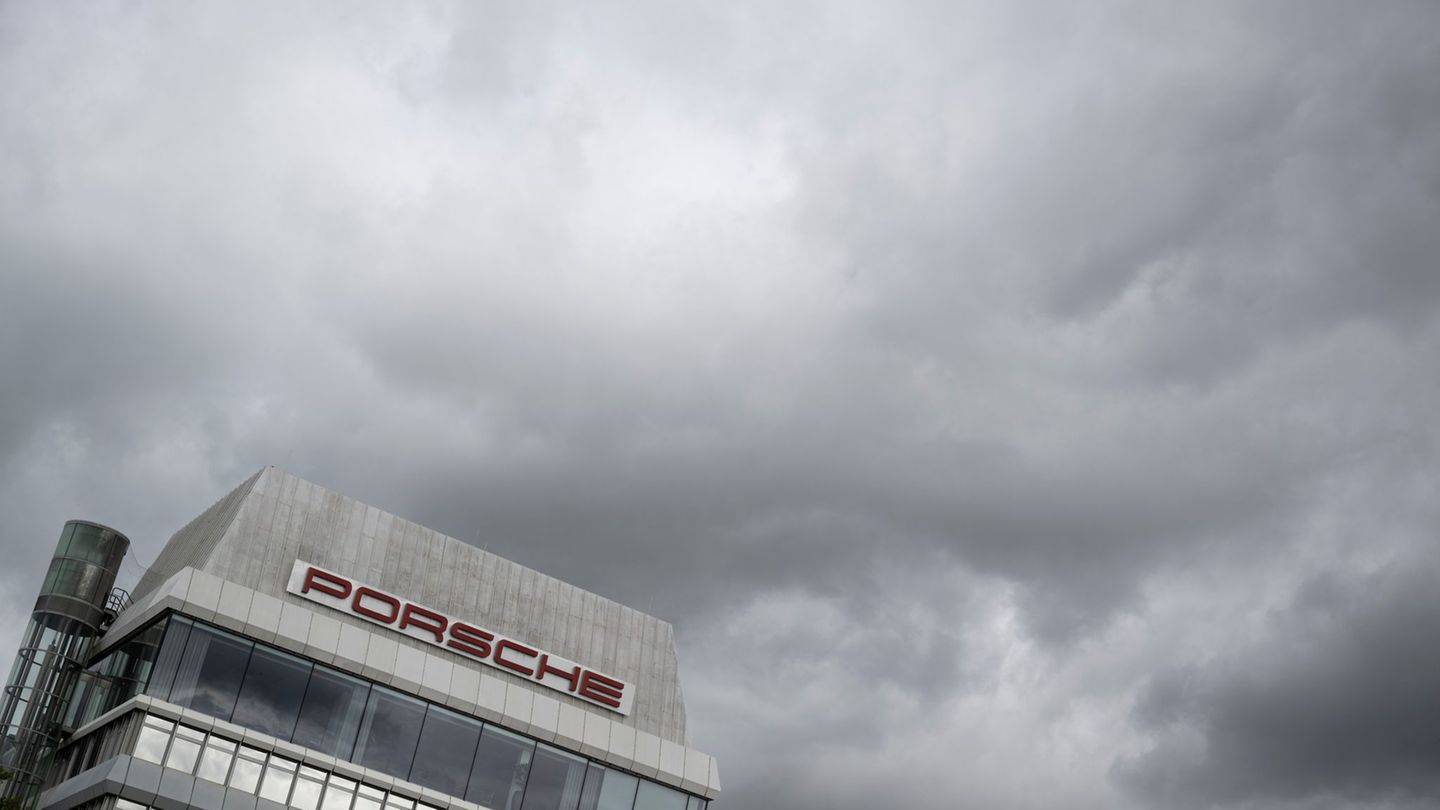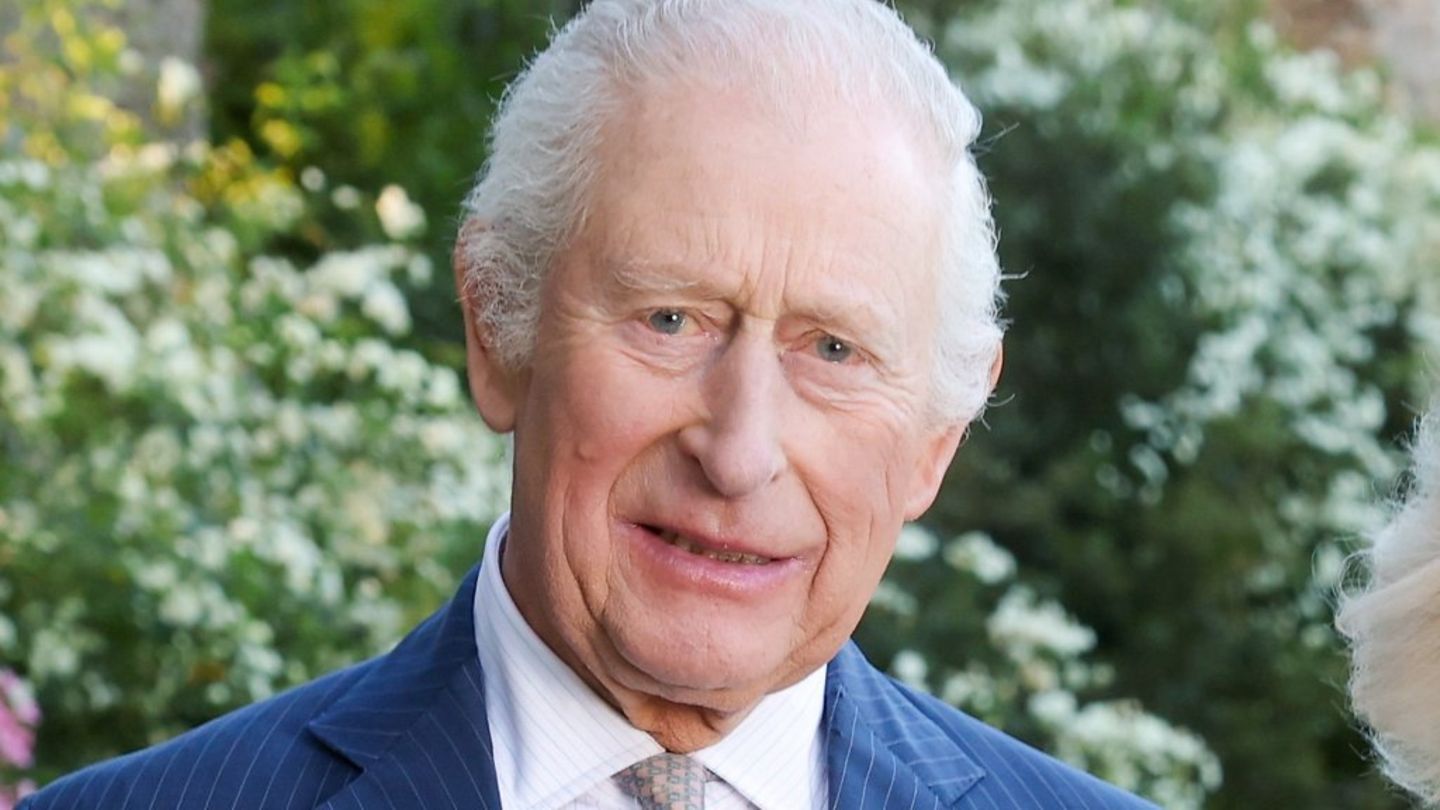If we take the IPC-INDEC series and consider the current management, the monthly average of inflation was 3.28% (between December 2019 and March 2022), accumulating 138.5% inflation in 27 months. For the month of March 2022, the core inflation (which does not include regulated or seasonal prices) climbed 6.4% monthly. In other words, it was 0.3 percentage points below general inflation. For the last 12 months, core inflation accumulated 57.3%.
Aside from this, the seasonal inflation it rose 65.5% year-on-year in March and regulated prices rose just 40.9%. The items that recorded the highest increases in March were:
- Education (23.6%)
- Clothing and footwear (10.9%)
- Housing, water, electricity, gas and other fuels (7.7%)
- Food and beverages (7.2%)
- Alcoholic beverages and tobacco (5.7%)
- Transportation (5.5%)
- Various goods and services (5.5%)
- Restaurants and hotels (5.4%)
Meanwhile, within the items that were below 4 percentage points of monthly variation are:
- Communication (3.4%)
- Recreation and culture (3.3%)
Within “food inflation” (in GBA) “Bread and cereals” rose 11.6%, “Milk, dairy products and eggs” increased 9.3% and “Meat and derivatives” rose 7.5%.
It is not insignificant to note that there were significant increases in “Clothing and footwear” (from 3.4% in February to 10.9% in March), Transport (from 4.9% to 5.5%) and in Education (from 2.6% to 23.6%).
LOCAL CLOTHING LAW OF SIZES.jpg
pixabay
The inflation that is expected for 2022, according to the Survey of Market Expectations (REM) of the BCRA (based on projections from consultants and banks) is 59.2% per year. Inflation projections have risen by more than 10 percentage points since October 2021, which is explained by the complex dynamics that this variable has acquired in recent months. After knowing the data for March and with inflation expectations at a floor of 60% per year, the BCRA acted again:
- Raised the reference interest rate (Leliqs interest rate) to 47% per year (58.7% effective annual rate) or 3.8% per month
- Probably upload it again later
- In the case of retail savers (less than $10 million), the new minimum rate was set at 46% per year for 30-day terms (representing a yield of 57.1% of the effective annual rate, assuming renewal, month per month, principal and interest)
The interest rate increase has two objectives:
- Try to comply with the agreement with the IMF, which requires positive real interest rates
- Try to prevent the inflationary escalation from adding a rise in the alternative dollars (today trading below 200 pesos), because a new trigger in the exchange rate gap would further complicate the real economy.
The big question, beyond the data for March, is whether our country is entering an inflation regime above 60%/70% per year. Something that would be much more difficult to control. The previous step probably occurred after April 2018, with inflation rates of 25% per year to 50% per year. Or perhaps the inflation figure for March is punctual (caused by a combination of the lifting of the exchange and tariff anchors due to the agreement with the IMF and the impact of the international shock).
Be that as it may, and although exogenous variables undoubtedly have an impact at the local and global levels, one cannot fail to recognize that the macroeconomy has been accumulating monetary imbalances, which in this context complicate the picture even more.
Professor at the University of CEMA.
Source: Ambito




